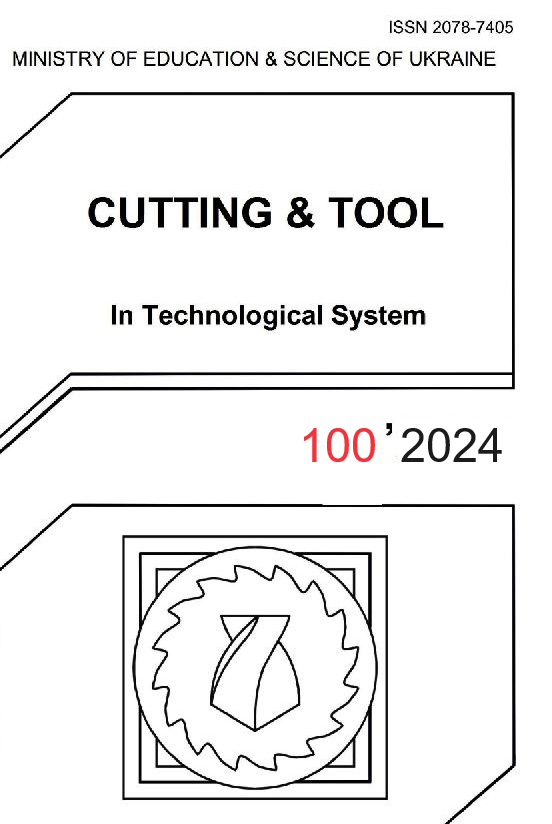MANUFACTURING SYSTEMS USED IN THE SHIPBUILDING INDUSTRY FROM YEARS 2000 UP TO NOWADAYS
DOI:
https://doi.org/10.20998/2078-7405.2024.100.05Keywords:
shipbuilding; Industry 4.0, manufacturing systems, artificial intelligenceAbstract
The continuous growth in demands for product quality and their utility properties in today's competitive environment places increased requirements on activities ranging from pre-production stages to sales completion. From these facts, it is evident that special attention must be paid to material selection, product design, and the construction of individual components, as well as the technologies used in their production and processing. Achieving high technical parameters for products while simultaneously optimizing the cost/performance or cost/utility value ratio compels designers and engineers to explore new progressive materials with high mechanical, chemical, and physical properties. They must also consider technologies that ensure efficient and precise manufacturing.
References
Czifra J.; Koloman V. (2007) Fuzzy logikával vezérelt automatikus gyártórendszer (Fuzzy logic controller automated production system), Műszaki Szemle (EMT) 10(38):81-84. (in Hungarian)
Iwańkowicz, R.; Rutkowski, R. (2023) Digital Twin of Shipbuilding Process in Shipyard 4.0. Sustainability, 15:9733. https://doi.org/10.3390/su15129733
Okubo Y, Mitsuyuki T. Ship (2022) Production Planning Using Shipbuilding System Modeling and Discrete Time Process Simulation. Journal of Marine Science and Engineering. 10(2):176. https://doi.org/10.3390/jmse10020176
Lee, Y. G., Ju, S., & Woo, J. H. (2020). Simulation-based planning system for shipbuilding. International Journal of Computer Integrated Manufacturing, 33(6), 626–641. https://doi.org/10.1080/0951192X.2020.1775304
https://link.springer.com/content/pdf/10.1007/3-540-27032-9_35.pdf 6. CADMATIC webpage; https://www.cadmatic.com/en/products/cadmatic-hull/ 7. Concurrent Engineering (CE). Engineering Product Design 13/02/2023 https://engineeringproductdesign.com/knowledge-base/concurrent-engineering/
Downloads
Published
Issue
Section
License
Copyright Notice
Authors who publish with this Collection agree to the following terms:
1. Authors retain copyright and grant the Collection right of first publication with the work simultaneously licensed under a Creative Commons Attribution License that allows others to share the work with an acknowledgement of the work's authorship and initial publication in this Collection.
2. Authors are able to enter into separate, additional contractual arrangements for the non-exclusive distribution of the Collection's published version of the work (e.g., post it to an institutional repository or publish it in a book), with an acknowledgement of its initial publication in this Collection.
3. Authors are permitted and encouraged to post their work online (e.g., in institutional repositories or on their website) prior to and during the submission process, as it can lead to productive exchanges, as well as earlier and greater citation of published work.

